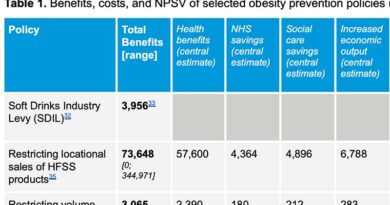Cholesterol & PCSK9s – the lower the better?

Executive Summary
Please login to view this content
Introduction
This week’s study was emailed to me by the senior author, Alberto Donzelli, from Milan Health Protection Agency, Italy. The email said “an Editor asks me if ‘were there any interesting reactions perhaps by Harcombe’ to the attached article. I kindly ask you if you have read the article, and if you want to tell something about it.” That’s a first! An author coming looking for a review of their article and it turned out to be well worth a review (Ref 1).
The article was published in 2018 and I missed it and I shared it with THINCS (The International Network of Cholesterol Sceptics) and they had missed it too. This is interesting per se. When the latest drug trial for lowering cholesterol is published, it is announced with big fanfare and usually makes headlines around the world. This paper questioned whether PCSK9 inhibitors are the “efficacy breakthrough” that they are claimed to be, and it has not been noticed. Let’s give the paper some attention. The first named author was Battaggia.
PCSK9 inhibitors
PCSK9 stands for proprotein convertase subtilisin/kexin type 9. It is important to know the normal function of the PCSK9 gene and protein. The PCSK9 gene provides instructions for making a protein to help regulate the amount of cholesterol in the bloodstream. The PCSK9 protein controls the number of low-density lipoprotein (LDL) receptors, which are proteins on the surface of cells. These receptors play a vital role in regulating blood cholesterol levels. The receptors bind to particles called low-density lipoproteins (LDLs), which are the main carriers of cholesterol in the blood. LDL receptors are particularly abundant in the liver, the organ responsible for removing most excess cholesterol from the body. The number of LDL receptors on the surface of liver cells determines how quickly cholesterol is removed from the bloodstream. The PCSK9 protein breaks down LDL receptors before they reach the cell surface, so that more cholesterol can remain in the bloodstream (Ref 2). That’s what PCSK9 is designed to do. PCSK9 inhibitors are designed to stop this.
The rest of this article is available to site subscribers, who get access to all articles plus a weekly newsletter.
To continue reading, please login below or sign up for a subscription. Thank you.




